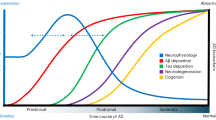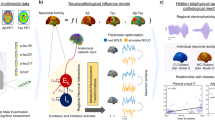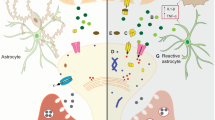Abstract
Many dementia cases, such as Alzheimer’s disease (AD), are characterized by an increase in low frequency field potential oscillations. However, a definitive understanding of the effects of the beta-Amyloid peptide, which is a main marker of AD, on the low frequency theta rhythm (4-7Hz) is still unavailable. In this work, we investigate the neural mechanisms associated with beta-Amyloid toxicity using a conductance-based neuronal network model of the hippocampus CA1 region. We simulate the effects of beta-Amyloid on the A-type fast inactivating K+ channel by modulating the maximum conductance of the current in pyramidal cells, denoted by gA. Our simulation results demonstrate that as gA decreases (through A[beta]blockage), the theta band power first increases then decreases. Thus there exists a value of gA that maximizes the theta band power. The neuronal and network mechanism underlying the change in theta rhythm is systematically analyzed. We show that the increase in theta power is due to the improved synchronization of pyramidal neurons, and the theta decrease is induced by the faster depolarisation of pyramidal neurons.
Similar content being viewed by others
Article PDF
Author information
Authors and Affiliations
Corresponding author
Rights and permissions
About this article
Cite this article
Zou, X., Coyle, D., Wong-Lin, K. et al. A modelling study of beta-amyloid induced change in hippocampal theta rhythm. Nat Prec (2011). https://doi.org/10.1038/npre.2011.6004.1
Received:
Accepted:
Published:
DOI: https://doi.org/10.1038/npre.2011.6004.1



